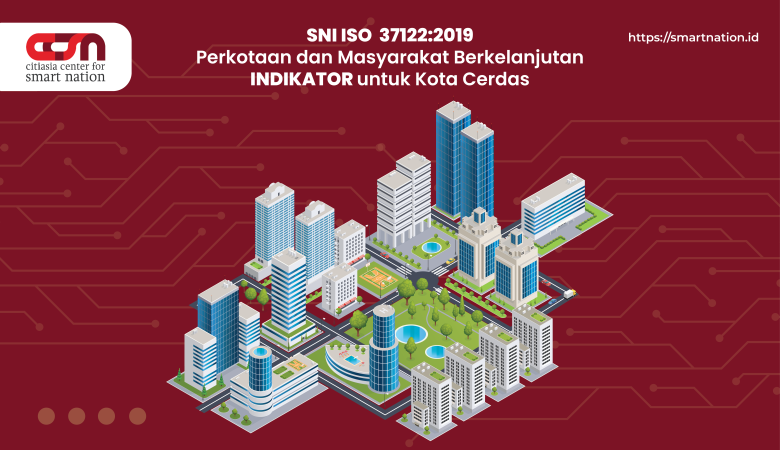
Connectivity is one of the most important factors. These are various domains for the next-generation IoT (Internet of things) era. However, the connection security must be accessible to various industry stakeholders free to call business and regulation questions. The purpose of this study is to study The Challenges of Market IoT Implementation An industry focused on connectivity issues. South Korea’s industry has published results based on literature and in-depth interviews. As a result, growth based on new industries technologies like IoT tends to collide. Between the service provider and the network producer. And it expands politically. Data Traffic and Spread of Spectrum Questions Private sector management. Furthermore, communication with devices, platforms, and services protocols and compatibility are usually proprietary structures. Our results suggest additional ideas for improvement on how to set up rules.
Carriers and cable TV providers find and develop new business models for monetization. Extend the congested business environment. How mainstream of the mobile communication market go on voice communications and text messages services for mobile data usage and access to media content, most market players efforts to develop products for various media contents via mobile device. Moreover, because the traditional markets of TV business providers also meet the plateau of the profit models of the markets that focus on the Internet, cable TV, wireless, and wired telephone services and their supplemental products, providers have attempted to develop strategies for maintaining their customers and developing new profit models to extend their markets. Smart home services are considered one of the most promising potential markets. Based on the rapidly diffused infrastructure of mobile network environments, the demand for smart home services and home security products has increased exponentially.

For example, compared to mobile telecommunications, the Internet and cable TV services are considered to have reached saturation in South Korea, and the diffusion rate of smart home services is considerably lower than that of other services some of the barriers found in the case analysis were political issues on fostering spectrum managements by private sectors. And connectivity with device platform service protocols and compatibility tend to be monopolistic. Therefore, established traditional industry begins to develop strategies for preserving privilege expanding infrastructure for classes the smart home platform is pre-serviced. It made by home appliance manufacturers a service platform based on the device, or carriers usually create a services platform that works with other smart devices. It is based on both wired and wireless platforms. So, smart device with improved device-to-device communication is important for business high level intelligent system Intelligence, autonomy, and speed deploy IoT applications and create new applications service.
The four functions of Korea’s smart home service are as follows:
- Concentrate on core benefits, build open platforms, build industry alliances, accelerate product commercialization, and market formation Korean telecom operators seek to expand their networks and markets with existing users. Collaborate to develop innovative smart home services to enhance the user experience and unlock additional potential through big data management. SK Telecom launched ThingPlug, an open platform based on international standards in May 2015, allowing anyone to develop smart home services. SK Telecom has built a prosperous ecosystem by providing added value and ease of use to global developers.
In the field of smart homes, SK Telecom is accelerating product R&D and commercialization through joint innovation by forming industry-university research partnerships with about 30 partners such as GE Lighting and Kumho Electric. Following the 5 products in May, SK Telecom plans to launch 20 additional products in 2015 and 30 additional products in 2016. SK Telecom has signed separate MoUs with Samsung Electronics and LG Electronics to establish an open platform. This allows the smart home platform to interact seamlessly with the existing smart home platform. Users can remotely control smart products of Samsung Electronics and LG Electronics through the smart home application provided by SK Telecom, providing convenience to users.
- Use sound market research methods and research key customer needs. Korean telecom operators make business judgments and develop products based on in-depth analysis of Korean families. For example, LG U+ determined that the majority of smart home users are housewives who place greater emphasis on home safety, energy savings, and cost savings. Accordingly, LG U+ has released a series of smart home products that focus on these core values and are widely accepted by housewives in their 30s and 40s. SK Telecom found that 30% of the 5.7 million companion animals owned by 18% of Korean households had the disease. Accordingly, he entered a completely new market by launching a product called ‘Petfit’ and related service applications such as pet shops and pet shops.
- Break away from traditional communication methods to quickly attract customers and provide the best quality of service. Market acceptance is easier if the overtop (OTT) framework is independent of the operator’s network. LG U+ and SK Telecom’s smart home terminals and mobile packet services can also be used on other carriers’ networks. Also, Korean telecom operators are not limited to the idea of building a complete ecosystem before bringing their products to market. Initially, LG U+ introduced a USB plug-in mode for Home Gateway + ZWave, allowing existing Wi-Fi users to quickly update their devices to support smart home services. In addition, LG U+, a subsidiary of LG, joined hands with LG Electronics and other LG affiliates to quickly establish an ecosystem alliance at the initial stage so that customers can receive high-quality E2E services from installation to after-sales service. This allowed LG U+ to solidify its brand base.
- Flexible, high-value packages that drive rapid user growth and shape user habits
LG U+ launched two types of smart home service packages in July. One was the ‘unlimited data plan’, which provided a mobile remote control package for 3 years at 12,100 won per month. After registering as a member, you will receive a discount when purchasing a smart home device. When adding a new device, the package price remains the same. During the first 3 months of the promotion, the package price is discounted to KRW 7,700 per month. Five representative smart home devices such as IoT hub, plug, open sensor, energy meter, door lock, and gas lock are provided free of charge. Another package is “One by One”. In other words, the user signs a 3-year contract and pays $1,100 per month per end product. If a user uses 5 products, the monthly fee is 5,500 won.
Users must purchase smart home products at full price. In addition to these two packages, LG U+ also offers other flexible combinations to meet customer needs. These promotions encourage customers to subscribe. Stimulate the market and help telecom operators execute their strategies. Mobile carriers in Korea view smart home service as a key strategic service in the era of 5G and Internet of Things (IoT). As a result, the three major mobile operators achieved initial success in the smart home market. Over the next 1-2 years, Korean telecom operators are expected to continue to increase their investment in smart home services, continue to build environmental upstream and downstream chains, and launch a variety of handset products, potentially becoming global smart home leaders.
From a practical point of view, the research model of this study provides insight into the adoption model of popularized information services, housing situations. In addition, service providers and related industries can take ideas to improve current services, in the research model. Smart home developer Services can be easily controlled and connected interfaces and backgrounds for efficiency ease of use of the service considering the user A (market) approach rather than a technical approach to production and design process.
Author: Diva Maharani | Illustrator: Akbar Nugroho









Leave a Reply